Indoor
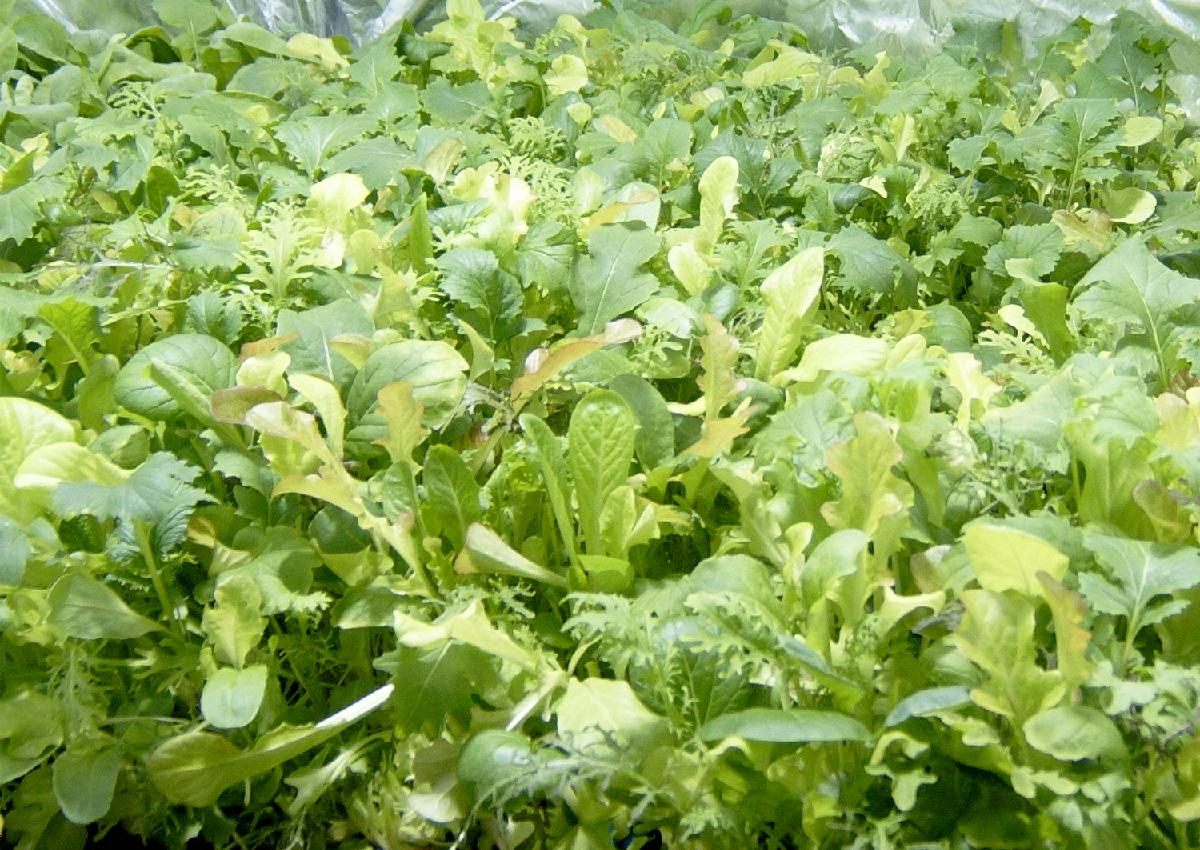
Indoor growing involves growing plants inside a house, greenhouses and poly-tunnels or hoop houses.
Starting an indoor garden can be a rewarding way to grow plants, even if you have limited outdoor space. Here's a step-by-step guide to get you started with indoor gardening:
Choose the Right Location: Select a suitable location in your home that receives enough sunlight for your plants. Most indoor plants require at least 6-8 hours of bright, indirect light per day. South or west-facing windows are usually the best spots for light-loving plants, while north-facing windows are better for low-light plants.
Select the Right Plants: Choose plants that are well-suited for indoor conditions and match the light levels in your chosen location. Some popular indoor plants include pothos, spider plants, snake plants, peace lilies, and various herbs like basil, mint, and parsley.
Gather Containers: Select appropriate containers with drainage holes to prevent overwatering. Containers come in various sizes and materials, such as terracotta, ceramic, plastic, or fabric pots. Ensure that the pots are large enough to accommodate the root systems of your chosen plants.
Prepare the Soil: Use a well-draining, nutrient-rich potting mix for your indoor plants. Avoid using garden soil, as it may not provide adequate drainage and could harbor pests and diseases.
Planting: Carefully plant your chosen plants in the containers, following the recommended planting depth for each species. Water the newly planted indoor plants gently to settle the soil around the roots.
Watering: Proper watering is essential for indoor plants. Check the water requirements of each plant, as they may vary. Stick your finger about an inch into the soil; if it feels dry, it's time to water. Avoid overwatering, as it can lead to root rot. Allow excess water to drain from the pots.
Fertilizing: Indoor plants benefit from periodic fertilization to ensure they receive essential nutrients. Use a balanced liquid fertilizer or a fertilizer specifically formulated for indoor plants. Follow the manufacturer's instructions for application.
Humidity and Temperature: Maintain an appropriate indoor environment for your plants. Most indoor plants prefer a humidity level of around 40-60%. If the air is too dry, consider using a humidifier or placing a tray of water near your plants. Keep the temperature within the recommended range for your specific plants.
Pruning and Maintenance: Regularly prune your indoor plants to remove dead or yellowing leaves and encourage healthy growth. Check for pests and diseases regularly and take appropriate action if needed.
Rotate Plants: If your plants receive light from only one direction, rotate them periodically to ensure even growth and prevent them from leaning towards the light source.
Monitor and Enjoy: Keep an eye on your indoor plants and adjust care as needed. Indoor gardening can be a therapeutic and enjoyable hobby. Enjoy the beauty and benefits of having live plants indoors.
From a few lettuces, radishes or fresh herbs on a windowsill to a garage full of vegetables in the winter or fresh cucumbers all year, it is easy to grow anything almost anywhere.
Below: I like the odd eggplant (aubergine) and they are expensive and difficult to find in winter.
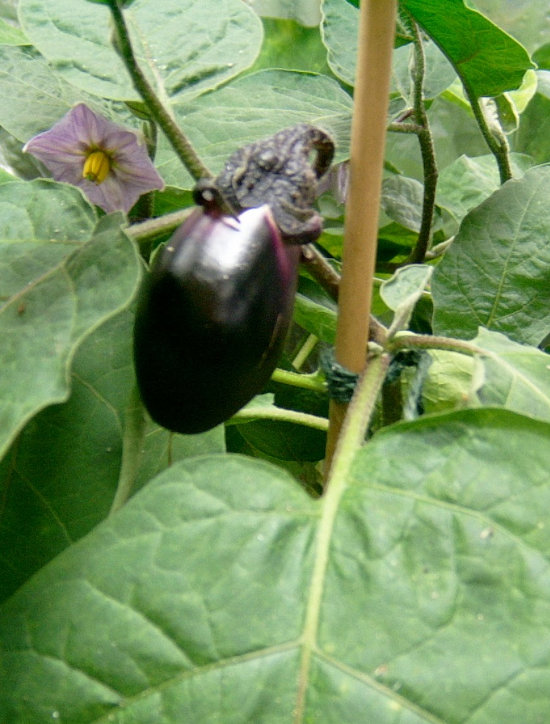
In current times with the price of food and transport as they are it makes sense to grow your own.
For me it started by growing lettuce indoors over winter instead of using more expensive imported lettuce in our restaurant and it grew, pardon the pun, into providing all the herbs we use fresh all year and then into cucumbers and tomatoes.
What is indoor growing?
Indoor growing includes and plants grown in houses, greenhouses and poly-tunnels.
I have a 6 m X 12 m poly-tunnel with a thermal cover, it increases the growing and cropping season by about six weeks at both the start and end of the season.
I also grow inside the house with lights and have a greenhouse.
This is a godsend in North Yorkshire and means we can grow plants like hothouse cucumbers, peppers and chilli.
Below: Growing indoors means you can get a real head start with plants like tomatoes.
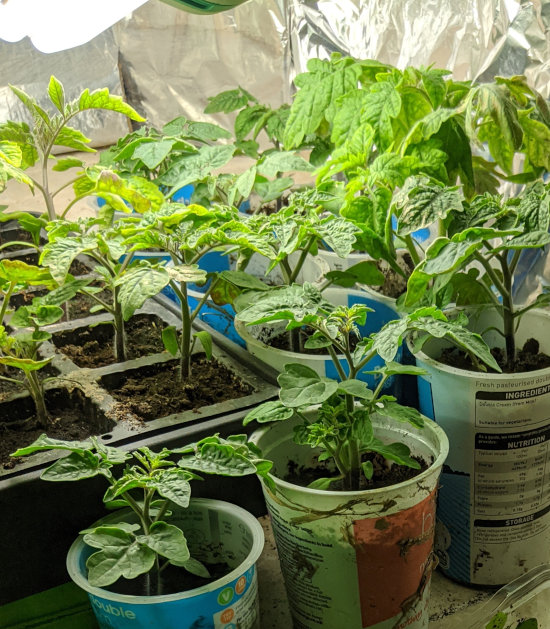
Poly-tunnels have the advantage over greenhouses in that they are considerably cheaper than their equivalent size greenhouse and also seem to have a greater internal volume. Poly-tunnels are also incredibly easy to assemble.
In the 2010 growing season we started to harvest tomatoes and cucumbers by April with only minimal night heating to keep the air temp above 5C (42F) after having started the plants indoors under grow-lights in January .
I have found our tunnel to be a excellent investment as we also overwinter our chickens after all the plants have cleared out in November which means we can use it all year round.
Can vegetables be grown indoors?
With enough space and resources almost any vegetable can be grown indoors.
Some do much better than others and give better returns on the investment of time, money and energy.
Indoor growing has a much longer season and it is possible to grow every day of the year regardless of the outside weather.
What is the quickest and easiest vegetable to grow indoors?
Growing radishes or baby leaf salad leaves on a windowsill is easy and above all, quick.
Radishes grow best in a cool environment and dislike the long hot days of midsummer. I have sown about 40 seeds in a large deep tray. they germinate within a few days as long as the soil temperature is above 8C (45F). They need thinning to about 1 inch apart.
Below: Radish is a good choice for your first indoor veg if you like them. Store bought ones are often spongy, soft and expensive.
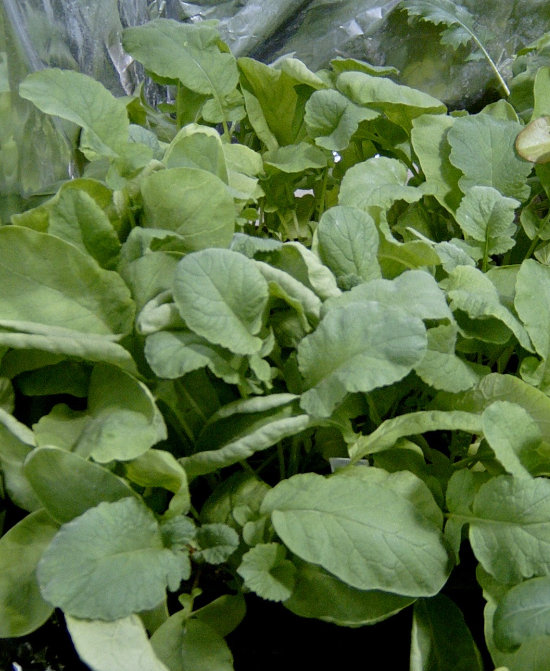
They grow quickly and can be ready in as little as 28 days in the right conditions. the ones in the picture were grown in November under a 400 watt metal halide lamp, we have grown them under fluorescent lights and they do just as well.
Radishes should be picked a bit small as if left to long they will be spongy rather than crisp. If the environment is to warm the radishes will be hot to eat.
This technique is called 'Sea of Green' and was first used for growing cannabis indoors. It involved growing in a tightly packed way so as to produce a dense green canopy.
The advantages to growing lettuce as baby leaf is that it can be ready in as little as a month from sowing.
It is also extremely easy to produce and requires only occasional watering and less light. Lettuce is a cool weather crop and dislikes heat, dry conditions and long days, growing best outside in spring and autumn.
To reproduce the conditions under lights the timer needs to be set for 12 hours of light a day. Lettuce is a long day plant which means that it will flower as day length increases, also increasing the time under lights does not seem to improve the yield or shorten the time till harvest.
If clipped carefully baby leaf will produce up to 3 crops over a period of about 6 weeks.
Do indoor herb gardens work?
Growing Herbs on a windowsill is one of the most common ways people grow indoors. Whether started from seed because there is no space in your garden or potted up from the garden to preserve the summers growth for using in winter.
Apart from basil, most herbs are cool weather plants and will grow happily indoors in winter with no extra heat. To achieve growth during the short days extra light will be needed.
Below: My basil in my indoor herb garden.
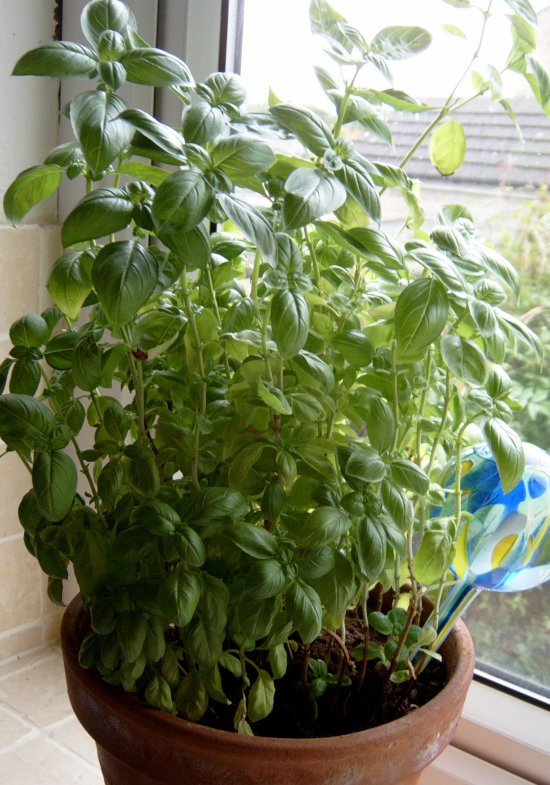
Basil is a truly tender plant which requires a minimum temperature of 8C (46F) and requires high light levels to grow properly.
Dill and coriander are tender and will not survive a frost. Dill is a bit large ( 80cm / 3 foot ) to grow on a windowsill but coriander is low growing and quick to crop.
